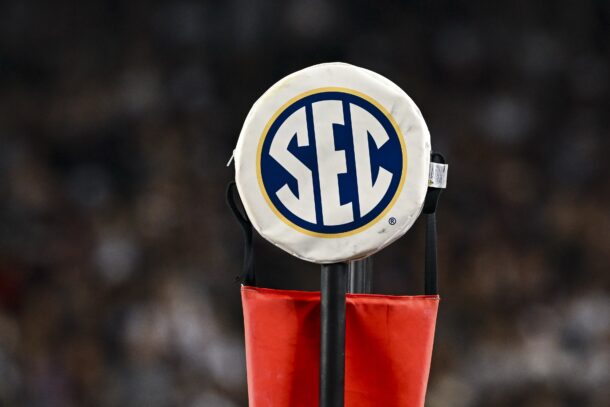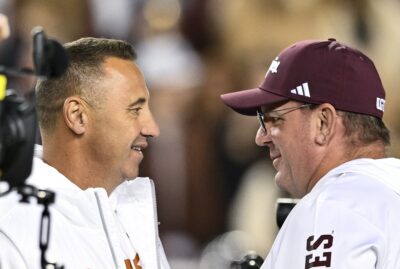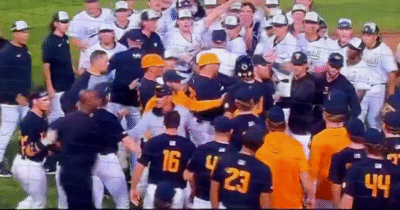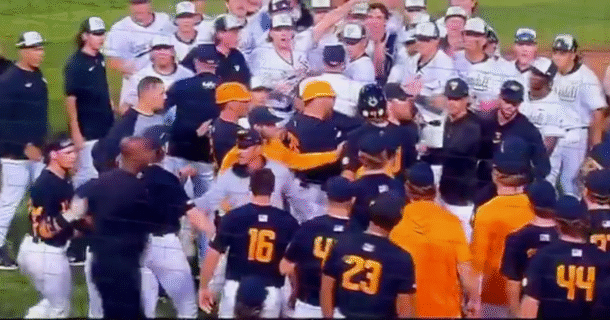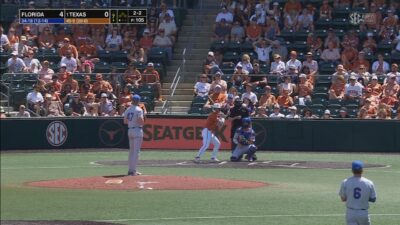Ad Disclosure
With a bevy of new rules instituted every off-season, it’s impressive players, coaches and officials can adjust.
The SEC suffered through some questionable officiating during the 2014 campaign, giving college football fans a front-row view to the need for some rules changes in the game.
We polled our a few members of our editorial staff, and here’s what they suggested:
On defensive PI, spot foul vs. automatic 15-yard penalty
In its current state, a flag for defensive pass interference is an automatic 15-yard penalty, whereas in the NFL, the ball is spotted on the yard at which the transgression occurred. This rule is not expected to be changed, but that doesn’t mean it shouldn’t.
In college, if a defender gets beat, grabbing a wide receiver saves a touchdowns. At the next level, should the infraction take place in the end zone, it’s first-and-goal at the 1-yard line. Defenders in the NFL have a lot less incentive to interfere on deep pass plays. Switching over to the NFL rule would better prepare some of the SEC’s defensive backs for life at the next level.
Clearer definition of targeting
This rule still seems to stump players, officials and even broadcast commentators. Rarely does it seem a targeting call is obvious, and the call is often controversial, especially when it takes place in key moments of big games.
Here’s what Missouri defensive end Shane Ray said after the SEC Championship Game in which he was ejected for a hit on Alabama’s Blake Sims:
I’m not a dirty player. I was two steps within the quarterback. I made a hit as soon as he released the ball. I led with my hands. If there was any ill intent there I would have led with my helmet and tried to make a harder hit. But there wasn’t. I played legally within what I was supposed to do. The call was made by the [officials]. Don’t leave it up to the referees.
Ray’s comments seem to indicate pretty glaringly that there’s no clear understanding of what is or isn’t targeting.
Player down without contact
Again, another rule that is expected to change, but perhaps should. In college, a player whose knee or part of his body — other than his feet or hands — hits the ground is ruled down by contact, even if there wasn’t contact.
The NCAA should embrace the NFL’s rule of a player being ruled down. A player should be ruled down either when he is on the ground and touched by an opposing player or goes to the ground as a result of contact with an opposing player.
There’s no reason the NCAA and NFL should operate with two different views about what makes a player down.
Two feet in along the sidelines
For a catch along the sideline or in the corner or back of the end zone to be ruled a catch, a college football player is required to only get one foot down in bounds.
Here’s another instance in which the NCAA should adopt the NFL’s rule. For professional players, they must have both feet land in bounds to have the play be ruled a catch. Not only would the change better prepare collegiate receivers for life in the NFL, but it would also help college quarterbacks. Signal-callers would have to be more accurate on plays along the sidelines or in the end zone.
After living in Birmingham, Ala., Jordan left the ground zero of SEC Nation to head south to Florida to tell the unique stories of the renowned tradition of SEC football. In his free time, his mission is to find the best locales around.
